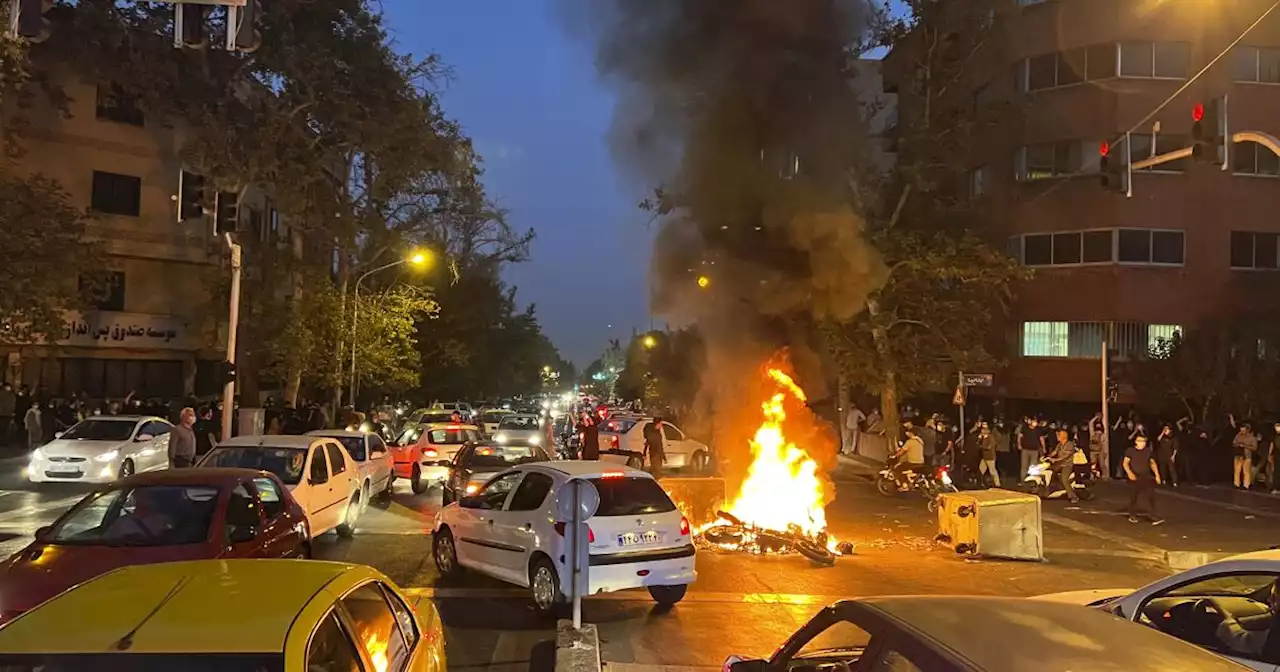A key reason protesters have been able to keep the demonstrations going and maintain the world’s attention: They were ready to do battle in cyberspace.
has deployed digital trackers and waged an all-out media war against protesters and their supporters — a strategy it used in 2019 to quash protests in just three days. Back then, authorities took control of the internet and unleashed a violent crackdown that resulted in thousands of arrests and as many as 1,500 deaths.This time is different. The protests are well into their second week and show little sign of waning.
Hours after the protests began, internet monitor Netblocks reported a 33% loss in connectivity in Tehran, which later spread to other cities and provinces across Iran. “The VPNs we use are much more complex than they were a few years ago,” said Mehdi, a 39-year-old self-described computer geek from Tehran. “Cheap ones you need to switch every three or four days, but the more expensive ones with subscriptions work well.”
“With these changes, we are helping the Iranian people be better equipped to counter the government’s efforts to surveil and censor them,” the statement added.
